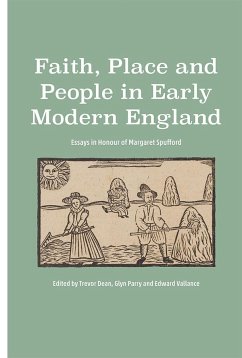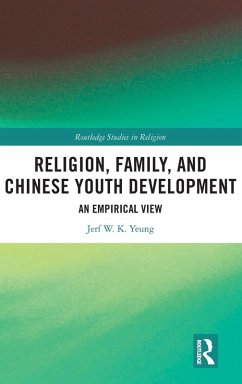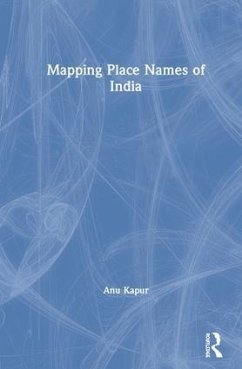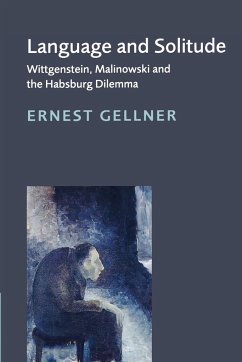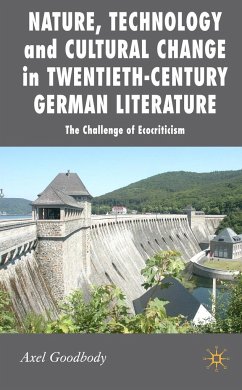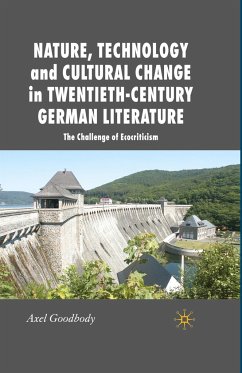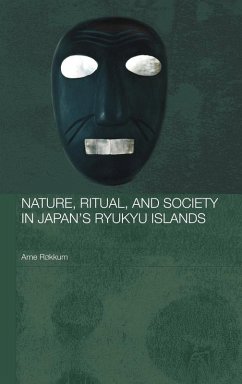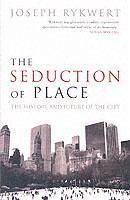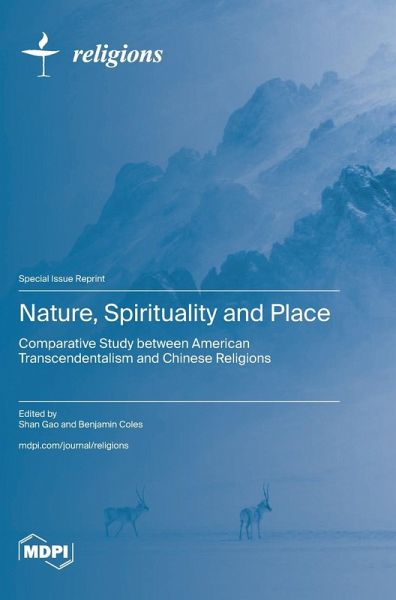
Nature, Spirituality and Place
Comparative Study between American Transcendentalism and Chinese Religions
Versandkostenfrei!
Versandfertig in 1-2 Wochen
73,99 €
inkl. MwSt.

PAYBACK Punkte
37 °P sammeln!
This Special Issue aims to explore how the concept of nature is interpreted in American transcendentalism and Chinese religions, and how these different interpretations have direct influence on the sense of place in America and China. It also aims to discover how the aesthetic appreciation of physical nature is deeply influenced by the metaphysical interpretation of the concept of nature. In terms of American transcendentalism, this Special Issue focuses more on Emerson's work since Emerson's aesthetic interpretation of nature has direct influence on Henry David Thoreau's life practices in wil...
This Special Issue aims to explore how the concept of nature is interpreted in American transcendentalism and Chinese religions, and how these different interpretations have direct influence on the sense of place in America and China. It also aims to discover how the aesthetic appreciation of physical nature is deeply influenced by the metaphysical interpretation of the concept of nature. In terms of American transcendentalism, this Special Issue focuses more on Emerson's work since Emerson's aesthetic interpretation of nature has direct influence on Henry David Thoreau's life practices in wilderness. In Chinese religions, we put more emphasis on Daoism since the core value of nature in Daoism has deep influence on many aspects of Chinese culture, including architecture, art, music, language, and so on. This Special Issue adopts an interdisciplinary approach. The authors come from four disciplines which include religion, philosophy, literature, and architecture. This Special Issue will provide new insight to thinking about the relationship between human beings and nature in modern society. It can also deepen our understanding of self-identity and its relationship with the aesthetic appreciation of place, which include various landscapes such as wilderness, agricultural land. and mountains. It will be very helpful for scholars, students, and practitioners who are engaged in wilderness conservation, agricultural conservation, urban design, and nature aesthetics.




